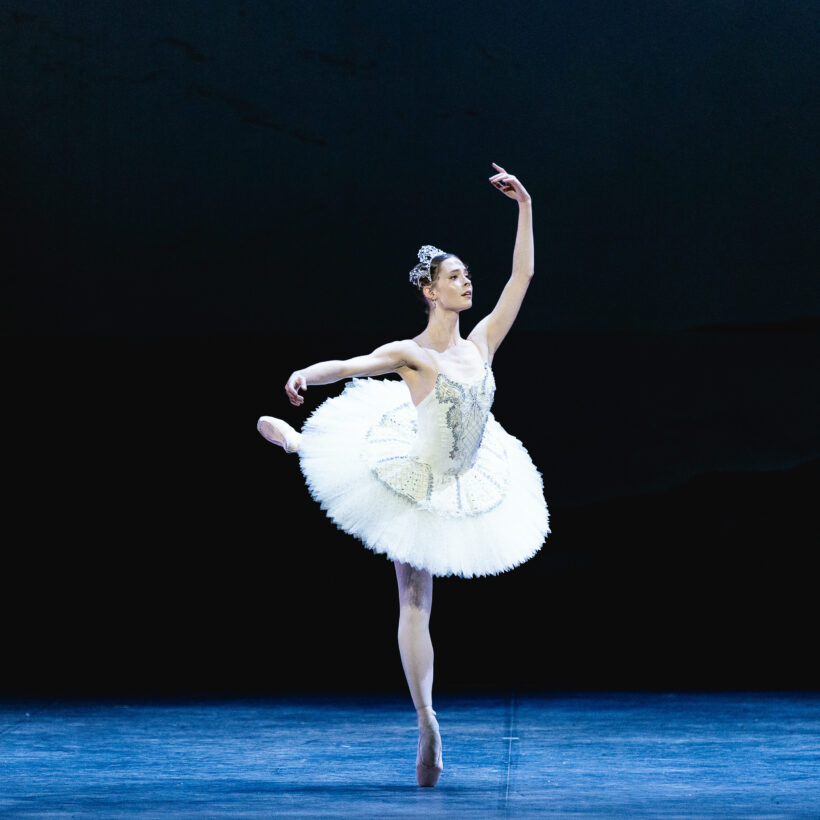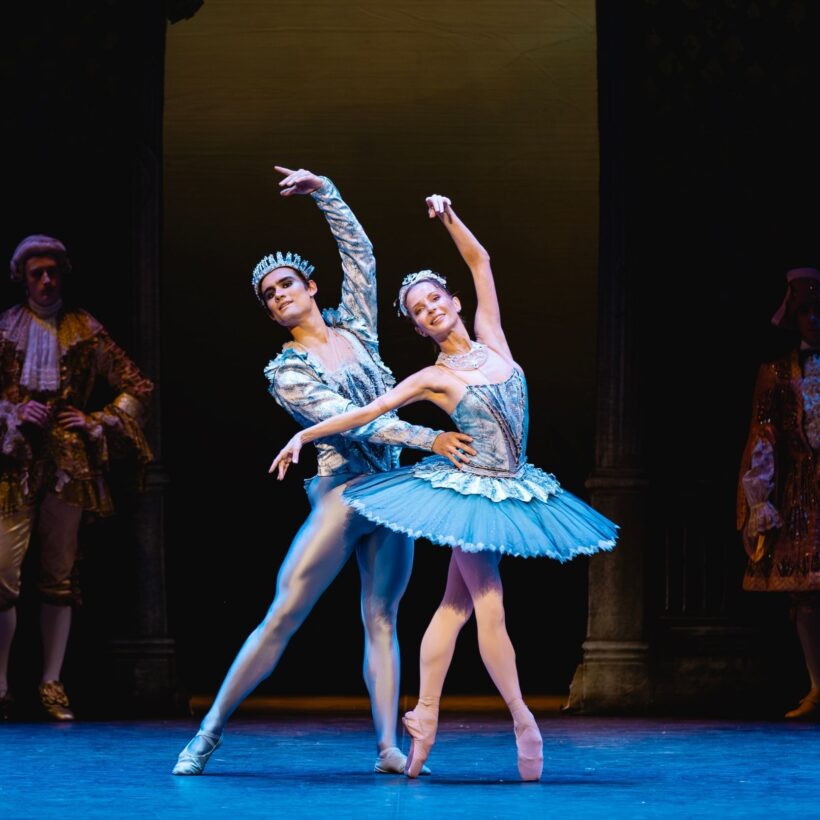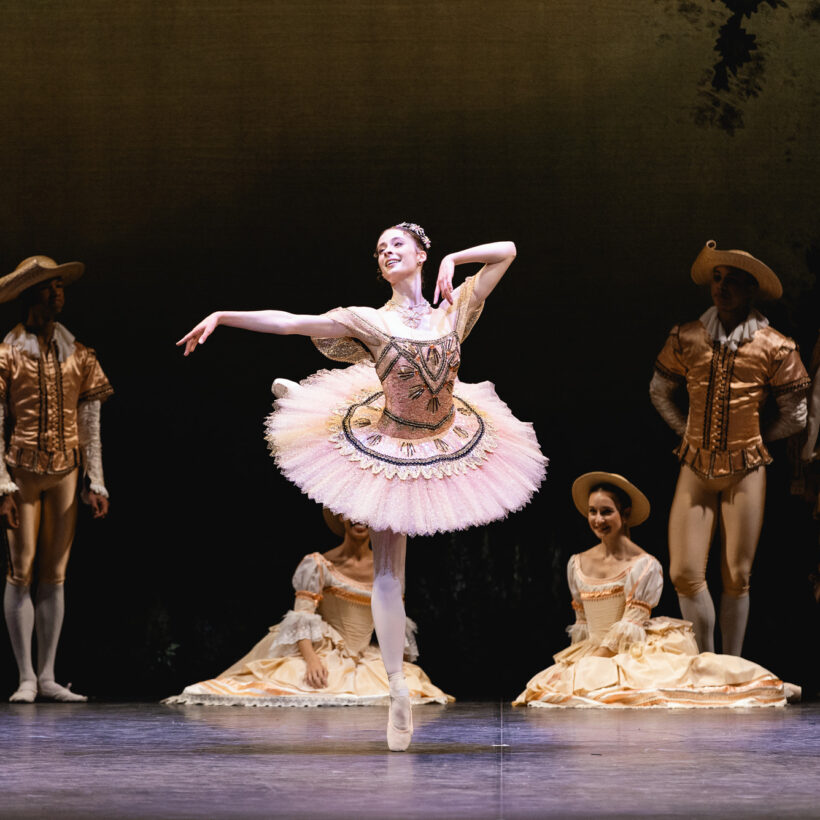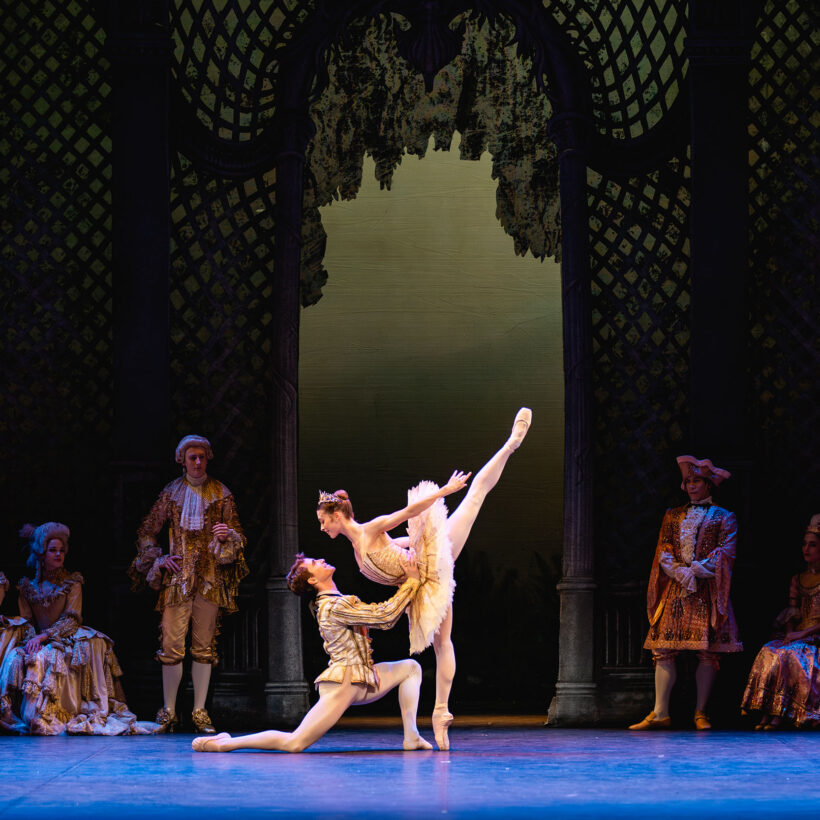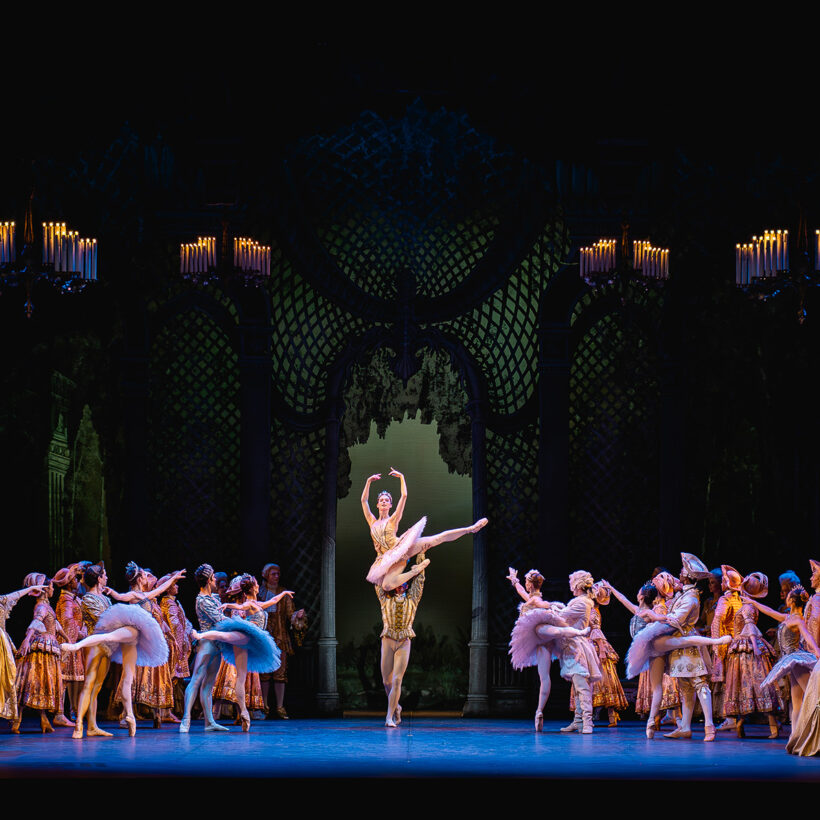5 things you didn’t know about The Sleeping Beauty – the ultimate fairytale ballet
Here are 5 surprising things you might not have known about The Sleeping Beauty.
1. Where women shape the magic
In a story that begins with a curse, it’s easy to focus on the villain. And Carabosse – dramatic and deliciously wicked – certainly leaves an impression.
But Carabosse isn’t the only powerful female role in the ballet… enter the radiant Lilac Fairy. When Carabosse condemns baby Aurora to death, it’s the Lilac Fairy who intervenes, not with violence, but with kindness and wisdom.
Although her magic doesn’t stop bad things from happening, she does change the course of fate, offering hope where there was none. She softens the spell so Aurora will not die, but sleep for 100 years. Only the power of true love can awaken her.
Carabosse and the Lilac Fairy are the driving forces to the narrative of the ballet and their opposing powers are also represented in Tchaikovsky’s score. There are two musical themes present throughout the ballet: good, represented by the Lilac Fairy; and evil, represented by Carabosse. Musically, this is defined as a leitmotif and it helps illustrate the ballet’s plot.
Did you know? In English National Ballet’s production of The Sleeping Beauty, the wicked fairy Carabosse is performed by both male and female artists, creating a unique portrayal each time.
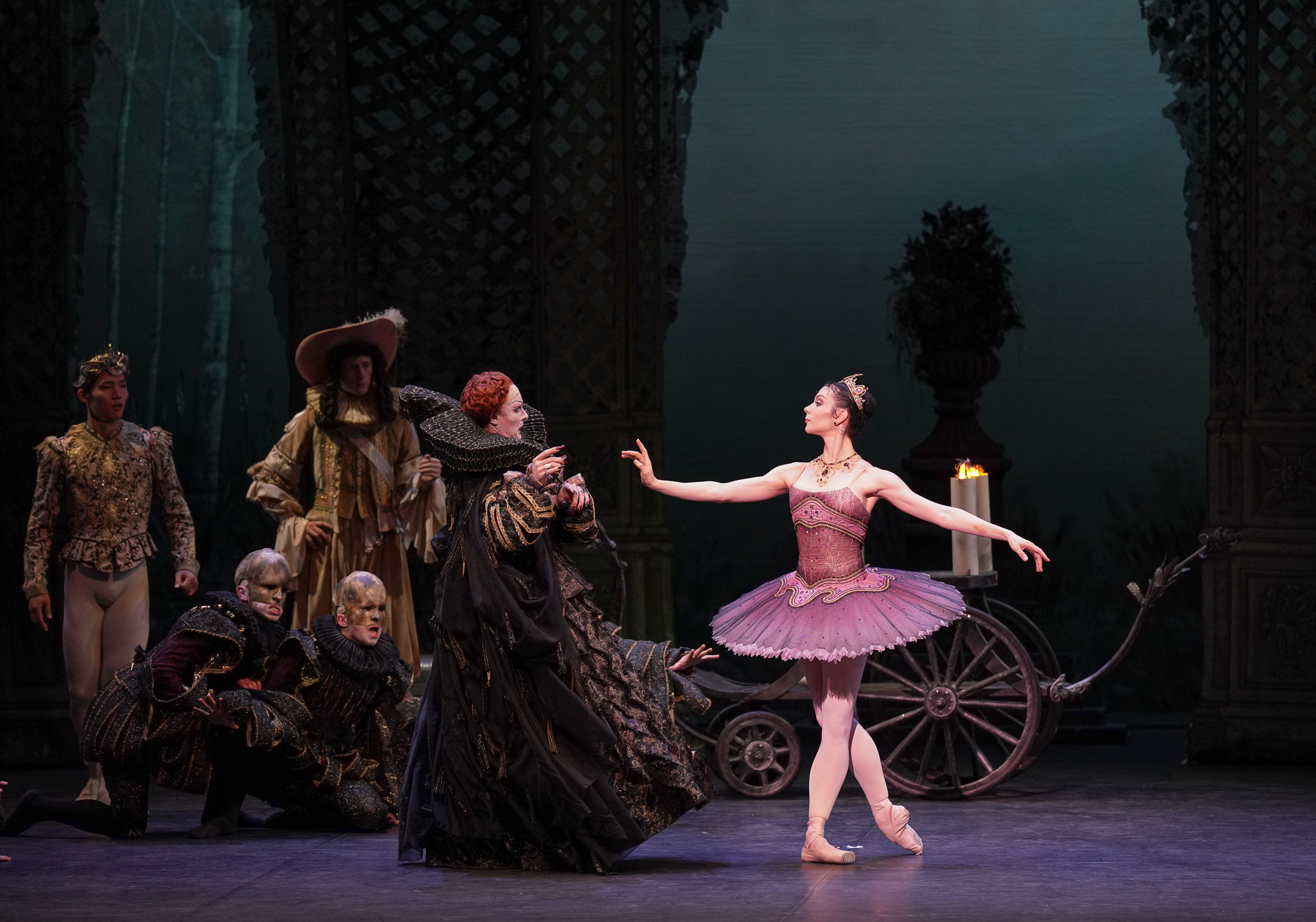
2. Tchaikovsky’s score was nearly lost to history
The Sleeping Beauty premiered in January 1890, after the Imperial Theatre in St. Petersburg commissioned Pyotr Ilyich Tchaikovsky to write the score and Marius Petipa to choreograph the ballet. This was their first collaboration and was followed by The Nutcracker (1892) and the revival of Swan Lake (1895).
The ballet wasn’t the instant success we might imagine. Although it received a more positive reaction than Tchaikovsky’s first ballet, Swan Lake, it was met with little enthusiasm at first, leaving the composer devastated by this response.
Over time, the brilliance of The Sleeping Beauty score began to shine through. After Tchaikovsky’s death in 1893, that ballet grew in popularity and went on to be performed 200 times over the following decade.
Today, Tchaikovsky’s The Sleeping Beauty is considered one of the greatest achievements in classical music, filled with sweeping melodies, rich rhythms, and unforgettable tunes. English National Ballet Philharmonic brings this iconic score to life in Sir Kenneth MacMillan’s splendid production, taking audiences on a magical journey.
3. There are some very special guests at the wedding
One of the most surprising moments in The Sleeping Beauty occurs in the Wedding scene. Amongst the guests joining the fun are some other well-known fairytale characters: Bluebird and Princess Florine, and Puss in Boots all make an appearance.
The ballet’s story is based on the well-known fairytale by Charles Perrault, and the guests in the final scene include characters from his other stories.
View this post on Instagram
4. Aurora’s first dance is one of the most famous sequences in ballet
One of the most iconic moments in the ballet happens early, and it’s not just beautiful – it’s breathtakingly difficult. When Princess Aurora dances the Rose Adagio, she balances unwaveringly on pointe whilst being greeted by four suitors. It’s a showcase of strength, artistry and control.
The Rose Adagio’s series of balances follow a lively allegro entrance, making this sequence one of the most technically challenging and famous in ballet. Each dancer approaches it differently, creating a rich variety of interpretation with each performance.
View this post on Instagram
5. Sir Kenneth MacMillan’s production is a hidden treasure
Sir Kenneth MacMillan is one of the greatest names in British ballet. Born in 1929, he was a ballet dancer, choreographer and Artistic Director of the Royal Ballet from 1970 – 1977. He was also Associate Director of the American Ballet Theatre from 1984 – 1989.
Premiered in 1967, MacMillan’s The Sleeping Beauty reworks Petipa’s original. Whilst MacMillian felt it important to respect the scale and traditions of the original, he created new dances for Aurora and her attendants; he reworked the journey to the castle and the Awakening; and he restored the Jewel Fairies, expanded this to a pas-de-sept and presenting audiences with a spectacular ensemble piece in the final act.
MacMillan’s critically acclaimed version of The Sleeping Beauty is a rarely staged and English National Ballet are currently the only company performing this version. Celebrated for its exquisite beauty and expressive storytelling, the production is currently on tour nationally.
Did you know? English National Ballet’s revival features a refined narrative and shorter running time, opening up the ballet to seasoned ballet-goers and newcomers alike.
English National Ballet’s The Sleeping Beauty tours to Mayflower Theatre, Southampton (26 – 29 Nov 2025) and London’s Royal Albert Hall (25 – 28 Jun 2026).

